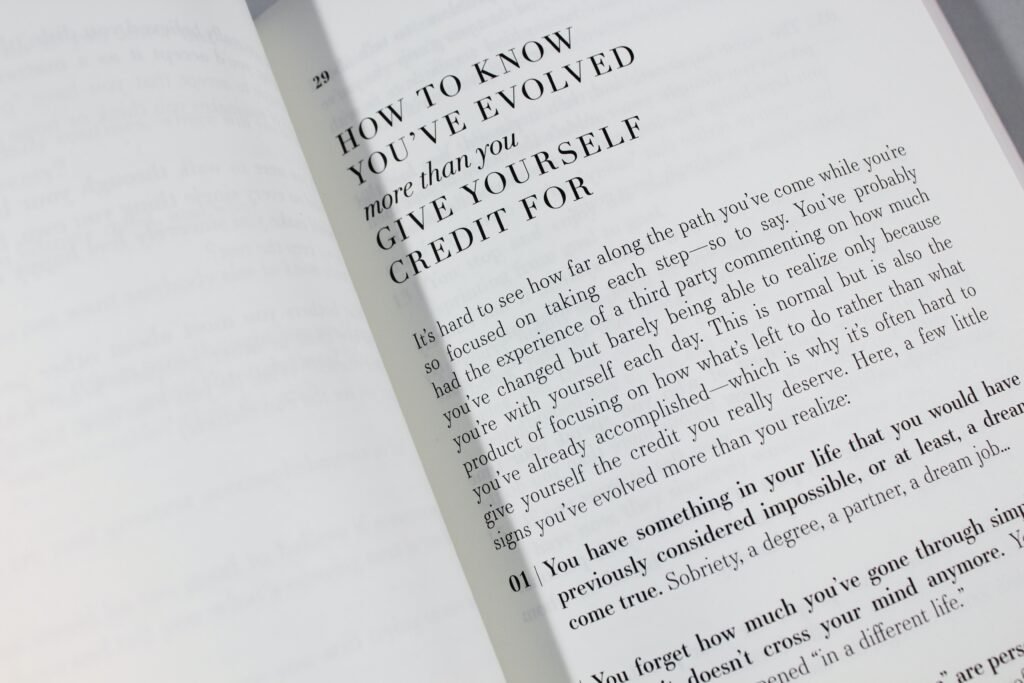The article “Tips for Mastering the English Conditional Tense” provides a comprehensive overview of the different types of conditional sentences in the English language. Exploring the zero, first, second, third, and mixed conditionals, the article explains how each type is used to describe various situations and their corresponding results. Whether it be expressing general truths, discussing possible future outcomes, or delving into imaginary past scenarios, mastering the English conditional tense is essential for effective communication. With the aim of aiding English learners in their journey to fluency, this article offers valuable suggestions on how to improve their writing, speaking, and reading skills.
Tips for Mastering the English Conditional Tense
The English conditional tense is an important aspect of the language that describes different types of situations and their potential results. To effectively master this grammatical construct, it is necessary to understand the basics of conditional sentences, learn the different types of conditionals, focus on each type individually, pay attention to verb tenses, use contractions correctly, and practice with real-life examples. By following these tips, English learners can develop a strong understanding of the conditional tense and use it confidently in their communication.

Improve Your English Conditional Tense Today
Understand the Basics of Conditional Sentences
Before diving into the different types of conditional sentences, it is crucial to grasp the fundamentals. Conditional sentences are used to express a situation and its potential result or consequence. These sentences typically consist of two clauses: the main clause, which states the result, and the conditional clause, which presents the condition that must be fulfilled for the result to occur. Understanding the structure and key elements of conditional sentences is the first step towards mastering the conditional tense in English.
Learn the Different Types of Conditional Sentences
There are five main types of conditional sentences in English: zero conditionals, first conditionals, second conditionals, third conditionals, and mixed conditionals. Each type is used in specific situations and refers to different times or degrees of probability. English learners should familiarize themselves with these types to gain a comprehensive understanding of the conditional tense.

Master The English Conditional Tense Effortlessly
Focus on Zero Conditionals
Zero conditionals are used to express general truths or facts that are always true. These conditionals typically consist of a present tense verb in both the main and conditional clauses. For example, “If it rains, the ground gets wet.” In this sentence, the condition (rain) directly leads to the result (wet ground). Mastering zero conditionals is essential for communicating facts and universal truths in English.
Master First Conditionals
First conditionals are used to discuss possible future results of a specific situation. These conditionals typically consist of an if-clause in the present tense and a main clause in the future tense. For example, “If she studies hard, she will pass the exam.” In this sentence, the condition (studying hard) has a high chance of leading to the result (passing the exam). Becoming proficient in first conditionals enables English learners to talk about potential outcomes and make predictions.

Become Proficient in Second Conditionals
Second conditionals are used to discuss unreal, unlikely, or impossible situations in the present or future. These conditionals typically consist of an if-clause in the past simple tense and a main clause with a modal verb (such as would, could, or might) and the base form of a verb. For example, “If I won the lottery, I would travel the world.” In this sentence, the condition (winning the lottery) is highly unlikely but serves as a basis for the result (traveling the world). Mastering second conditionals helps English learners express hypothetical scenarios and dreams.
Practice Third Conditionals
Third conditionals are used to talk about imaginary past situations and their results. These conditionals typically consist of an if-clause in the past perfect tense and a main clause with a modal verb and the past participle of a verb. For example, “If they had studied harder, they would have passed the test.” In this sentence, the condition (studying harder) is contrary to reality but serves as a basis for the unrealized result (passing the test). Practicing third conditionals allows English learners to discuss hypothetical outcomes in the past.
Explore Mixed Conditionals
Mixed conditionals combine elements of the third and second conditionals to talk about the present results of an imaginary past situation. These conditionals typically consist of an if-clause in the past perfect tense and a main clause with a modal verb and the base form of a verb. For example, “If she had taken the job, she would be earning more money now.” In this sentence, the condition (taking the job) is hypothetical in the past but has an effect on the present (earning more money). Exploring mixed conditionals helps English learners convey complex relationships between past actions and current consequences.
Pay Attention to Verb Tenses
A crucial aspect of mastering the conditional tense is understanding and correctly using verb tenses. Different types of conditionals require specific verb tenses in both the main and conditional clauses. English learners should pay careful attention to matching the verb tenses to ensure the intended meaning is conveyed accurately. Additionally, being aware of common mistakes with verb tenses in conditional sentences can help learners avoid errors and communicate effectively.
Use Contractions Correctly
Using contractions appropriately is essential for achieving fluency in English. Contractions are shortened forms of words that are commonly used in informal spoken and written language. However, when it comes to the conditional tense, it is important to use contractions correctly. While contractions can be used in the main clause, they are typically avoided in the conditional clause. This distinction helps maintain clarity and precision in conditional sentences.
Practice with Real-life Examples
To solidify understanding and proficiency in the conditional tense, English learners should actively practice with real-life examples. Applying conditional sentences to everyday situations and scenarios can help learners see the practical application of this grammatical construct. By creating and analyzing their own examples, as well as engaging in conversations that incorporate conditional sentences, learners can develop confidence and fluency in using this aspect of the English language.
In conclusion, mastering the English conditional tense requires a comprehensive understanding of the basics, different types of conditionals, verb tenses, contractions, and real-life applications. By following these tips and dedicating time to practice, English learners can enhance their language skills and effectively use the conditional tense in their communication.
